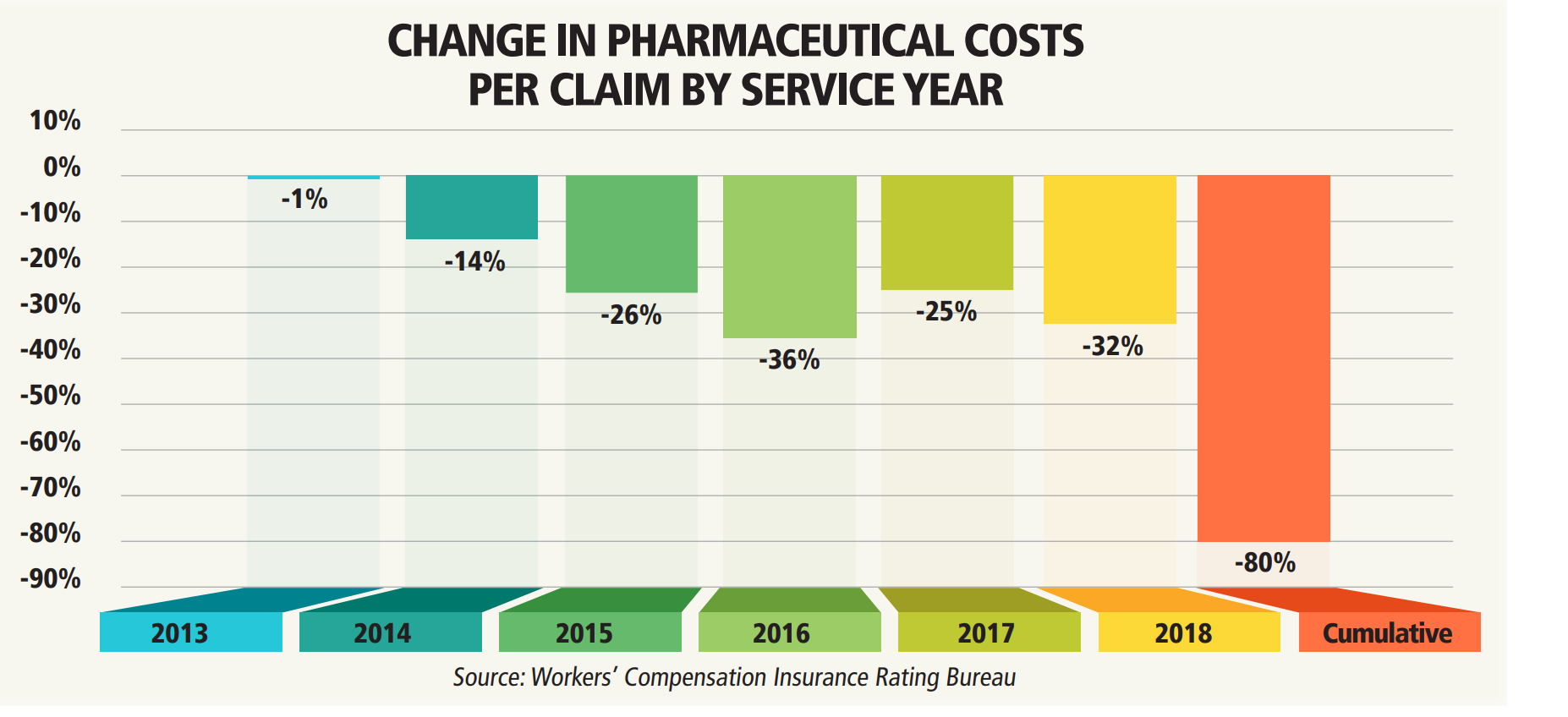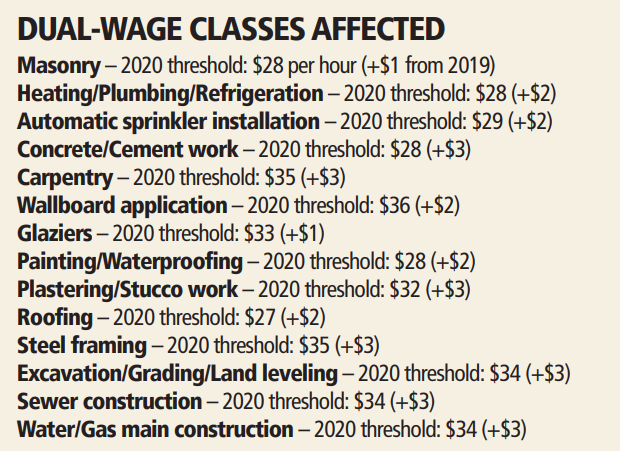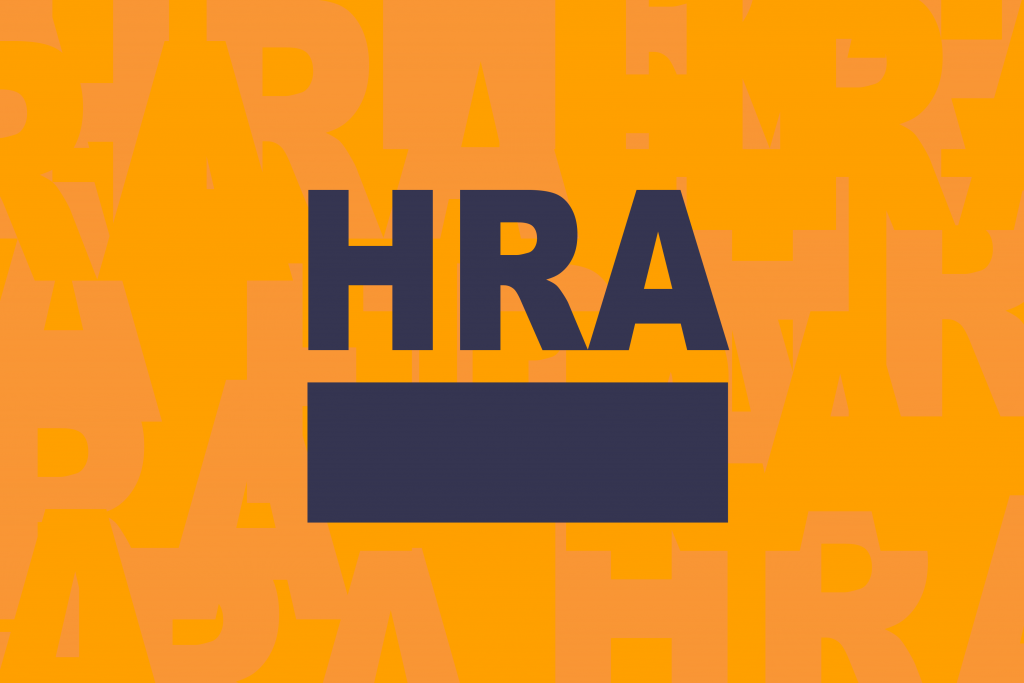This new bill, commencing July 1, 2020, would expand those requirements to apply to large group health care service plan contracts and health insurance policies and would impose additional rate filing requirements on large group contracts and policies. On and after July 1, 2020, the bill would require a plan or insurer to disclose with a rate filing specified information by geographic region for individual, grandfathered group, and nongrandfathered group contracts and policies, including the price paid compared to the price paid by the Medicare Program for the same services in each benefit category. The bill would eliminate separate reporting and disclosure requirements for a health plan that exclusively contracts with no more than 2 medical groups in the state.
On and after July 1, 2020, the bill would require a health care service plan that fails to file specified information to disclose other information by market and by geographic region. If a plan or insurer fails to provide all the information required, the bill would specify that the filing is an unjustified rate on and after July 1, 2020. The bill would authorize a large group contract holder that has experience-rated or blended coverage and meets specified criteria to apply to the Department of Managed Health Care or Department of Insurance, as appropriate, within 60 days of receiving notice of a rate change to review a rate change and determine if it is unreasonable or not justified, and would require the appropriate department to use reasonable efforts to complete the review within 60 days of receiving all the information required to make a determination.
The bill would require the Department of Managed Health Care to conduct a public meeting regarding large group rates in every even-numbered year. Because a willful violation of the bill’s requirements relative to health care service plans would be a crime, the bill would impose a state-mandated local program.
Read the full bill here: http://leginfo.legislature.ca.gov/faces/billNavClient.xhtml?bill_id=201920200AB731












